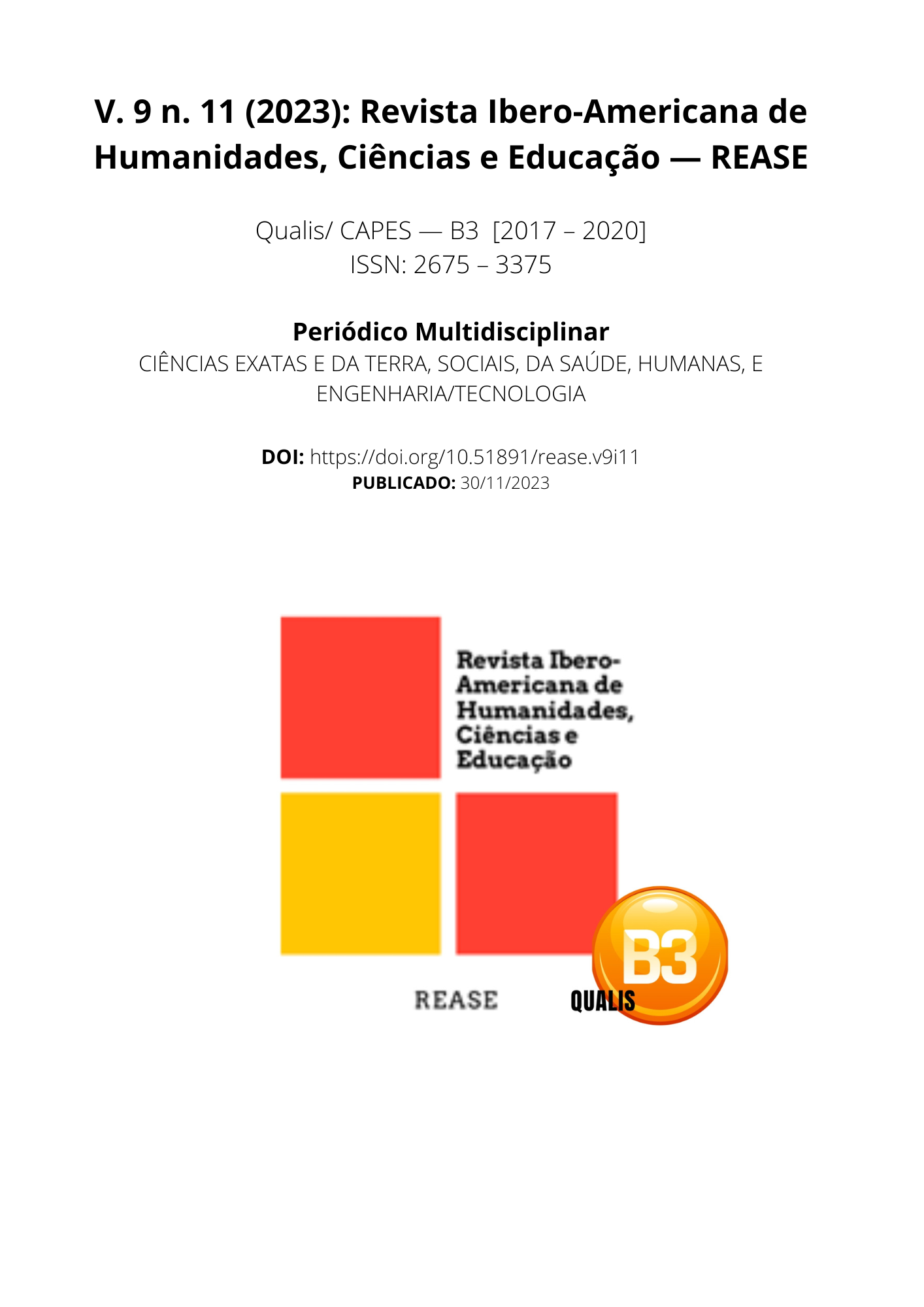EL USO DE VIDEOS EN CLASES DE CIENCIAS PARA ESTUDIAR EL REINO ANIMAL
DOI:
https://doi.org/10.51891/rease.v9i11.12670Palabras clave:
Zoología. Enseñanza-aprendizaje. Recursos audiovisuales.Resumen
La educación es fundamental para la vida social e influye en la formación de la identidad y la ciudadanía. La educación moral, religiosa, cultural y científica, ya sea formal o informal, prepara al ser humano para el desarrollo de sus actividades, haciéndolo capaz de formar una relación activa y transformadora con el entorno social. La zoología tiene grandes atractivos para captar la atención del estudiante cuando se acerca a un objeto de estudio en esta área, específicamente la vida animal. Sin embargo, todavía existen clases centradas en conjeturas con poca interacción física o visual entre estudiantes y animales, por lo que no se integran con el contenido. Por lo tanto, la pregunta problemática del estudio es: "¿Cómo puede el uso de películas y dibujos animados influir en la enseñanza y el aprendizaje de las ciencias?" El objetivo general del trabajo es analizar las implicaciones del uso de películas y dibujos animados, como “Bob Esponja” y “Buscando a Nemo”, para la enseñanza y el aprendizaje de las ciencias. Esta investigación es una revisión bibliográfica de la literatura científica. Según Gil (2010, p. 56): “una investigación bibliográfica se desarrolla a partir de material ya elaborado, compuesto principalmente por libros y artículos científicos”. Este material fue utilizado en esta investigación, desde la elaboración del proyecto, hasta la consulta de publicaciones. Con el estudio se logró comprender que las metodologías y estrategias más utilizadas en la enseñanza de animales vivos aún son tradicionales, requiriendo métodos innovadores para realizar clases más atractivas y que hagan más significativo el proceso de enseñanza-aprendizaje de este contenido para docentes y estudiantes.
Descargas
Descargas
Publicado
Cómo citar
Número
Sección
Categorías
Licencia
Atribuição CC BY

